

Carpal tunnel syndrome (CTS)
Carpal tunnel syndrome (CTS) is one of the most common diseases of the hand. It occurs in the carpal tunnel, a passageway for nerves and tendons at the level of the wrist. Carpal tunnel syndrome occurs most frequently between the ages of 40 and 70, and is about twice as common in women as it is in men.
What is carpal tunnel syndrome?
Carpal tunnel syndrome is what is known as an entrapment syndrome. These syndromes are also referred to as nerve compression syndromes because they involve the constriction and pinching of nerves within an anatomical structure.
In carpal tunnel syndrome, the nerve in question is the median nerve, which runs through the narrow and inflexible carpal tunnel. The carpal tunnel is bounded on three sides by bony structures and on the palmar side of the wrist by a tight, non-elastic ligament (the flexor retinaculum). The amount of space available is therefore quite clearly limited.
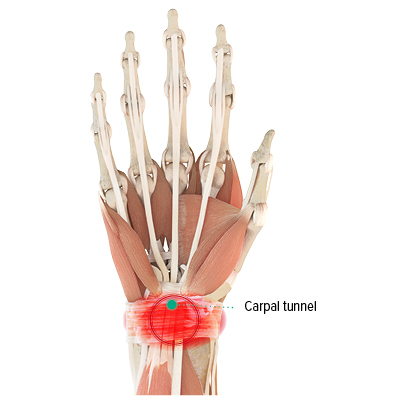
Right hand, palmar view
Common symptoms of carpal tunnel syndrome
- Pins and needles in the fingers and palms (primarily at night)
- Numbness and hands falling asleep (primarily at night)
- Restrictions in tactile perception and coordination skills
- Pain in the wrist and forearm in the morning or at night
- Pain when the hand moves
- Restricted mobility in the thumb
- Loss of strength in the hand and wrist
- Atrophy on the thenar eminence (thenar atrophy)
In many cases, both hands are affected equally.
Symptomatic course of carpal tunnel syndrome
The first symptoms of carpal tunnel syndrome usually occur at night or in the morning and after straining with the wrists bent. These include a feeling of numbness on the palm side of the thumb, index finger, middle finger and sometimes the ring finger, as well as a subjective feeling of the hand being cold.
As the condition progresses, the numbness can lead to the hands falling asleep. This is often accompanied by a tingling or pins and needles in the fingers and palms. The pain increases in intensity and occurs spontaneously (or even permanently) throughout the day, and can radiate to the arm or shoulder. Other symptoms include deterioration in tactile perception, as well as loss of fine motor skills and strength in the hand.
In the advanced stage, fingers are also swollen and stiff in the mornings. Muscles may also atrophy in the area around the thumb, and restricted functioning and paralysis may also occur.

Causes of carpal tunnel syndrome
All of the causes of carpal tunnel syndrome can be traced back to a lack of space in the carpal tunnel , which is narrow by nature. This narrowing can be congenital or may be enhanced by other factors such as excessive or undue strain, swelling, tumours, fractures and other injuries, accompanying conditions such as rheumatism or arthrosis and weight gain.
It can also be caused byhormonal changes, such as those that occur during pregnancy or menopause. During the final third of pregnancy, for example, fluid retention occurs, which also causes an increase in pressure in the carpal tunnel.
Therapy and treatment of carpal tunnel syndrome
Carpal tunnel syndrome can be treated conservatively in the early stages, provided that the symptoms are mild. The aim is to relieve strain on the median nerve and prevent permanent nerve damage. If the disease has already advanced, however, an operation may be necessary.
Conservative treatment of carpal tunnel syndrome (CTS)
In most cases, carpal tunnel syndrome can be treated by immobilising the wrist at night, provided that the pain is identified early and is not yet constant. Bandages such as the JuzoFlex Manu Xtra and wrist orthoses such as the JuzoPro Manu Xtec Palmar, the JuzoPro Palmar Xtec Digitus or the JuzoPro Palmar Xtec Rhizo can both be used to immobilise the wrist.
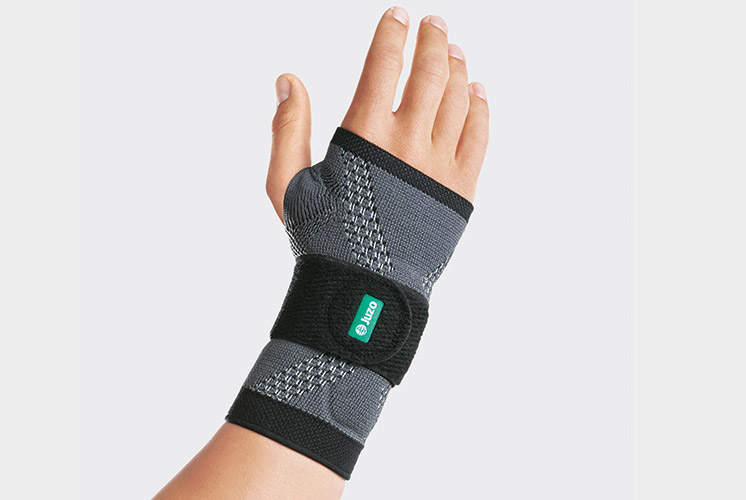
Wrist support with special stretch zone
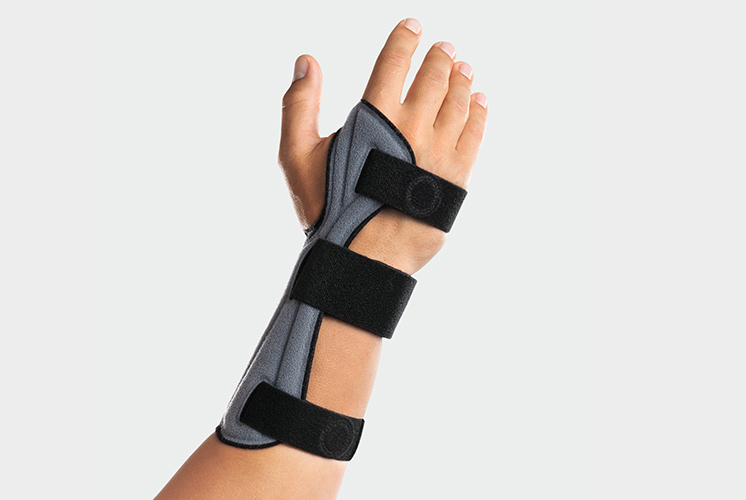
Wrist orthosis for stabilisation in two movement directions
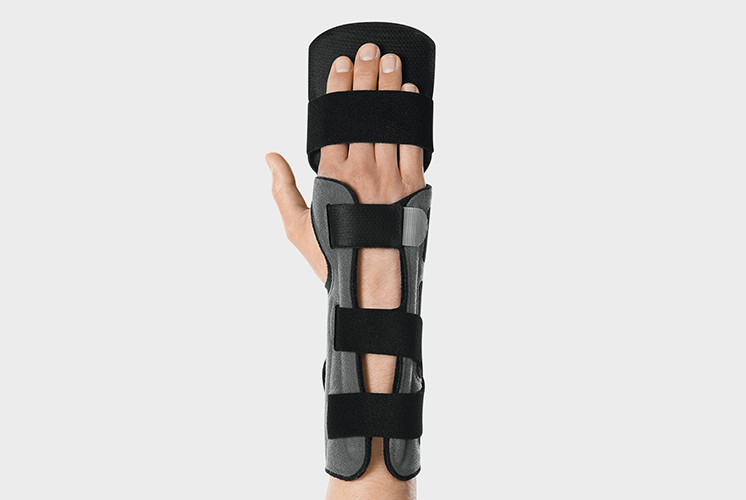
Wrist orthosis with finger brace
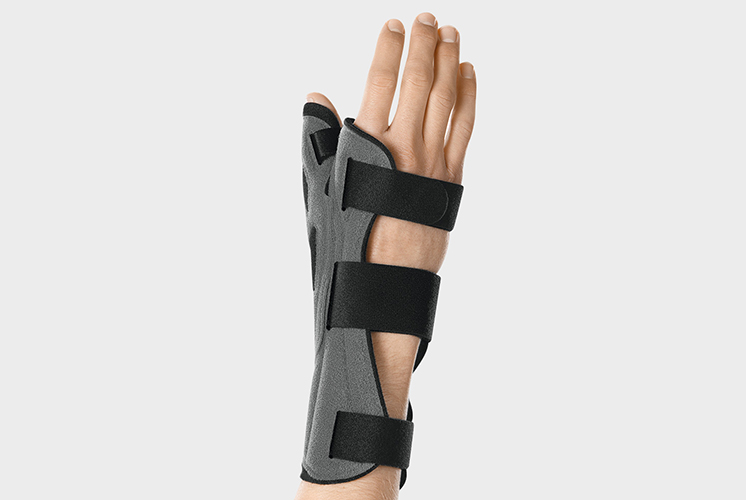
Wrist orthosis with thumb brace
Anti-inflammatory drugs, cold and heat therapy and ultrasound treatments are also used.
Other important components of conservative treatment are physiotherapy and movement therapy involving specifically selected exercises.
Support and prevention exercises
Even if the first measure in carpal tunnel syndrome is to relieve the structures, a certain amount of movement is needed to maintain the metabolism and healing processes and to avoid muscle breakdown.
A combination of different muscle relaxation exercises is suitable for this purpose.
Mobilisation, stretching and strengthening. A physiotherapist can help you to put together a set of suitable exercises and support you in mastering the balance between relief and training.
If you tend to have problems with your carpal tunnel, it is recommended to avoid continuous strain and to regularly bend and stretch your hands and wrists to relieve any built-up tension in them. When working, you should also aim to adopt a relaxed basic posture that avoids overly bending or overstretching the wrists. Wrist supports and ergonomic keyboards and computer mice are good tools in this regard.
Surgical treatment of carpal tunnel syndrome
Surgical treatment for Severe carpal tunnel syndrome involves dividing the flexor retinaculum, the stiff ligament structure that borders the carpal tunnel, on the palm side of the wrist. This relieves pressure and prevents further damage to the median nerve. The procedure can be performed in open surgery, endoscopically or in a minimally invasive manner.
As part of postoperative treatment, the wrist is usually immobilised using an orthosis such as the JuzoPro Manu Xtec Palmar, the JuzoPro Palmar Xtec Digitus or the JuzoPro Palmar Xtec Rhizo.
To support scar healing to the best possible extent, we also recommended using the Juzo ScarPrime Seamlesscompression gauntlets for direct post-operative care and stabilisation and Juzo ScarComfort compression gloves for long-term treatment.
Medical silicone is also used to ensure that the scar does not dry out and remains supple. The Juzo Silon®-TEX, a medical silicone layer that is sewn directly into Juzo ScarComfort compression products, is ideal for this task. Alternatively, the Juzo ScarPad, a self-adhesive silicone sheet, can also be used. It can be individually cut to size and inserted between the scar and the compression gauntlet.

